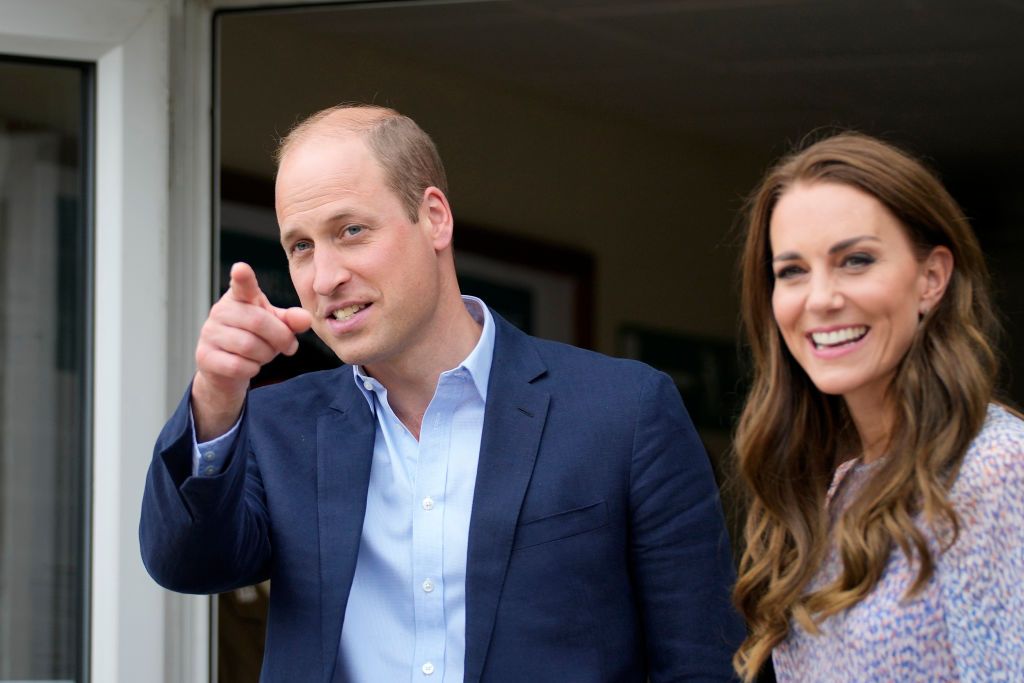AFP
Iran hanged two men in public on Saturday over an October attack on a shrine in the southern city of Shiraz that claimed over a dozen lives, the judiciary said.
The October 26 attack on the revered Shiite Muslim shrine of Shah Cheragh, which left 13 people dead and 30 wounded, was claimed by the Sunni Muslim extremist Islamic State (IS) group.
“The death sentences of two of the perpetrators of the Shah Cheragh terrorist attack were carried out in public this morning,” the judiciary’s Mizan Online website said.
The pair were hanged at dawn on a street near the shrine in Shiraz, the capital of Fars province, the official news agency IRNA reported. Mizan identified them as Mohammad Ramez Rashidi and Naeem Hashem Qatali.
Iran had previously said the attack involved people from other countries, including neighbouring Afghanistan, but the nationalities of the executed men were not immediately revealed.
The area of Iran that borders Afghanistan and Pakistan is a hotbed of unrest, and on Saturday four armed assailants killed an Iranian policeman in the Sunni-majority city of Zahedan near the same frontier, state media said.
It was not immediately clear what was behind the attack in the capital of Sistan-Baluchistan province, a flashpoint for clashes with Sunni extremists as well as drug smugglers and rebels from the Baluchi minority.
Mizan said one of the men executed on Saturday, Rashidi, had confessed to having collaborated with IS to carry out October’s shrine attack.
The two were sentenced to death in March after being convicted of “corruption on earth, armed rebellion and acting against national security”.
They were also charged with membership of IS and “conspiracy against the security of the country”.
At the time, Fars chief justice Kazem Moussavi said they were directly involved in the “arming, procurement, logistics and guidance” of the main perpetrator.
Three other defendants in the case were sentenced to prison for five, 15 and 25 years for being members of IS, he said.
The main assailant, who was later identified by media in Iran as Hamed Badakhshan in his 30s, died of injuries sustained during his arrest, the authorities said.
In November, the Islamic republic said 26 “takfiri terrorists” from Afghanistan, Azerbaijan and Tajikistan had been arrested in connection with the attack.
In Shiite-dominated Iran, the term takfiri generally refers to jihadists or proponents of radical Sunni Islam.
The shrine attack came more than a month after protests spread across Iran over the death in custody of 22-year-old Iranian Kurdish woman Mahsa Amini, following her arrest in Tehran for allegedly violating the country’s dress code for women.
In October, Iran’s President Ebrahim Raisi blamed the “riots” — the term officials use for protests — for paving the way for “terrorist” attacks.
IS claimed its first attack in Iran in 2017 when armed men and suicide bombers attacked the parliament in Tehran and the mausoleum of Ayatollah Ruhollah Khomeini, the founder of the Islamic republic, killing 17 people and wounding dozens.
Public executions are relatively rare in Iran with almost all hangings carried out inside prisons.
Iran executes more people annually than any nation other than China, according to rights groups including the London-based Amnesty International.
A United Nations fact-finding mission said on July 5 that Iran had executed seven men in connection with the Amini protests, calling on it to stop the “chilling” practice.







